
What Pet Parents Need to Know to Keep Their Curious Companions Safe
This isn’t exactly the fun part of having a pet—but it’s one of the most important.
Puppies and kittens are curious by nature. They explore the world by sniffing, chewing, pawing, and—unfortunately—sometimes swallowing things they shouldn’t. That curiosity is part of what makes them lovable. But it can also get them into trouble.
This topic isn’t exactly fun, and our goal isn’t to alarm you.
But a little awareness goes a long way. Knowing what to watch for can help you prevent problems before they start—and give you the confidence that your home is safe for even the nosiest furry family member.
Here’s what you need to know about the most common toxins for dogs and cats, how to spot a problem, and what to do if something goes wrong.
Bringing home a new pet means suddenly seeing your house through a different lens.
Things that once seemed harmless—a grape on the floor, a leafy plant, a dropped pill—now raise questions like:
What if they eat this? What if they lick that? How much is dangerous? What should I watch for?
Puppies explore the world with their mouths. Kittens are famously curious. These behaviors are normal—but without the right precautions, they can put your pet at risk. The good news? Most toxic exposures are preventable.
Contains theobromine and caffeine; highly toxic to both dogs and cats.

Can cause kidney failure in dogs (risk in cats is unknown—still unsafe!)

A sugar substitute found in gum, candy, peanut butter, and baked goods. Causes liver failure and blood sugar crashes in dogs.
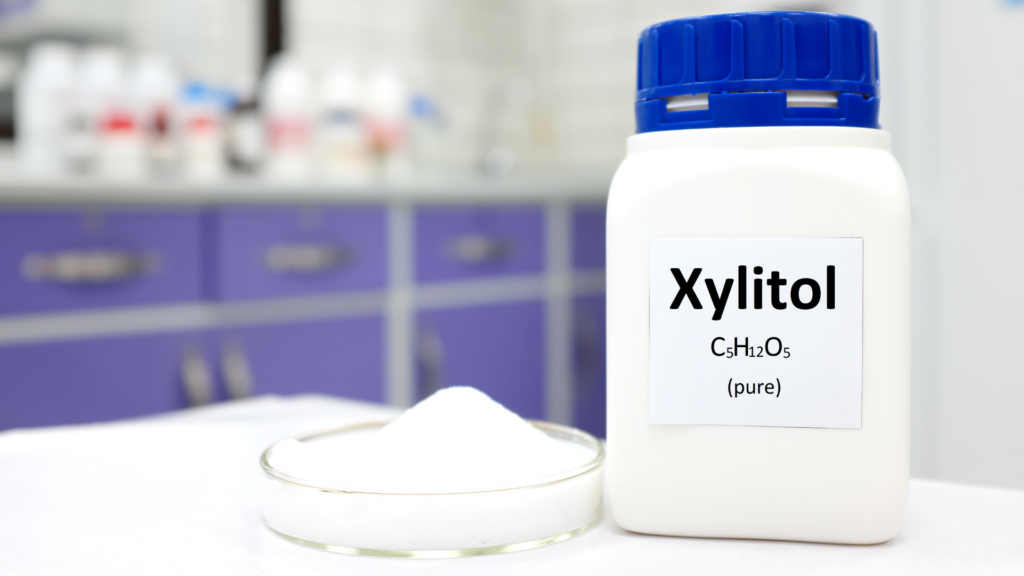
Cause red blood cell damage and anemia in both species.
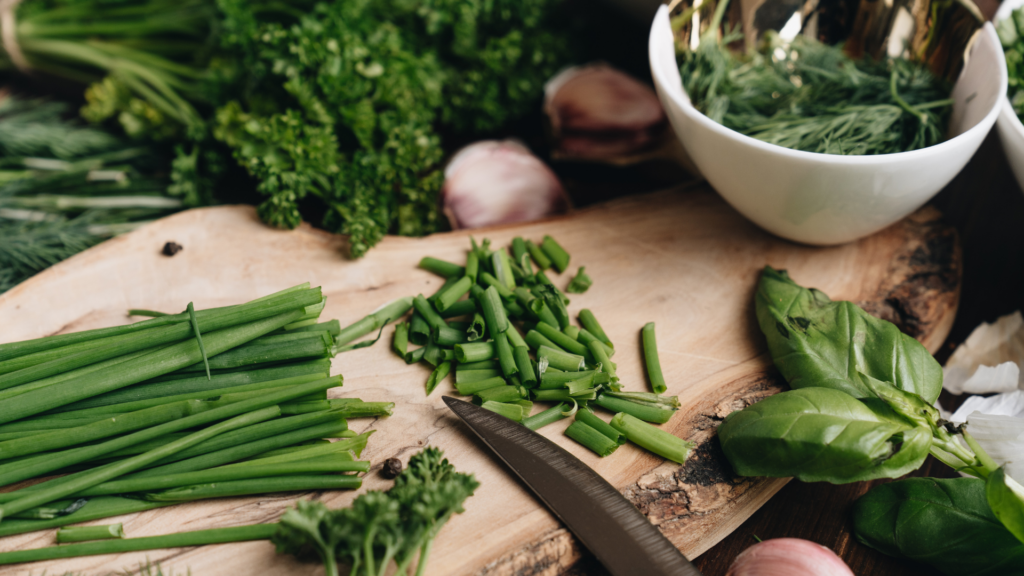
Dangerous even in small amounts. May cause vomiting, seizures, and coma.

Can lead to weakness, vomiting, and tremors in dogs.
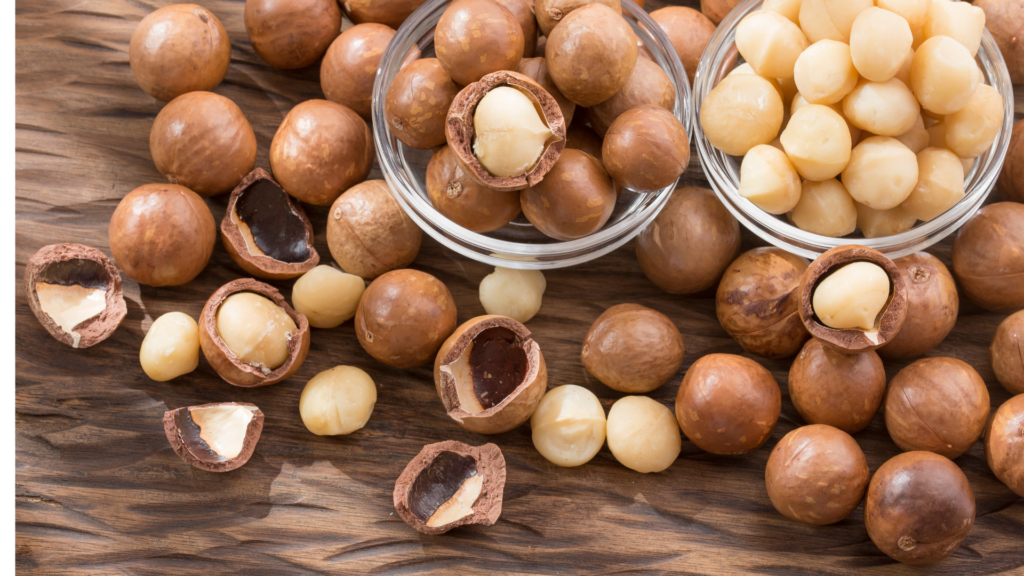
Can cause pancreatitis or internal injury.
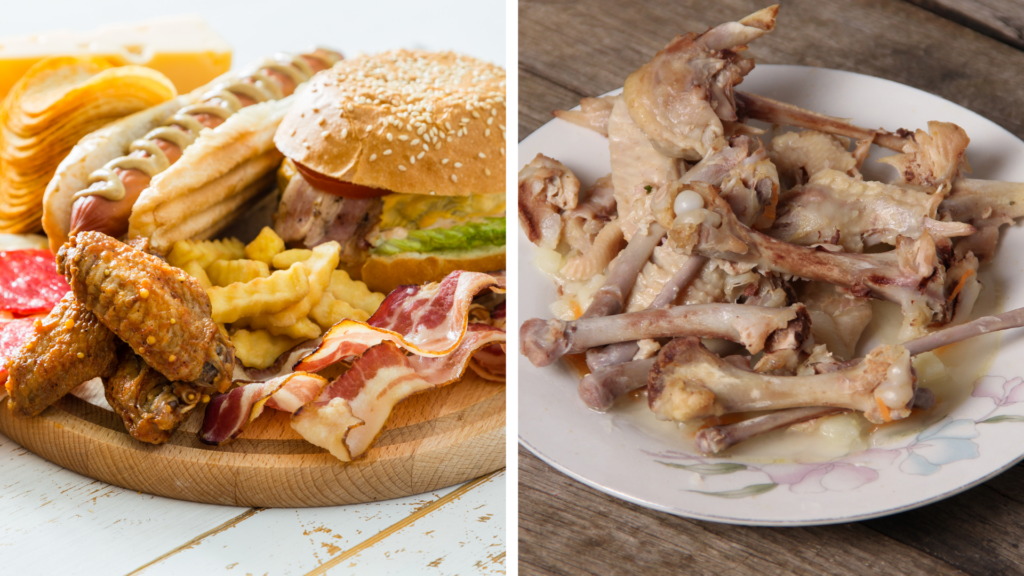
Expands in the stomach and releases alcohol as it ferments.
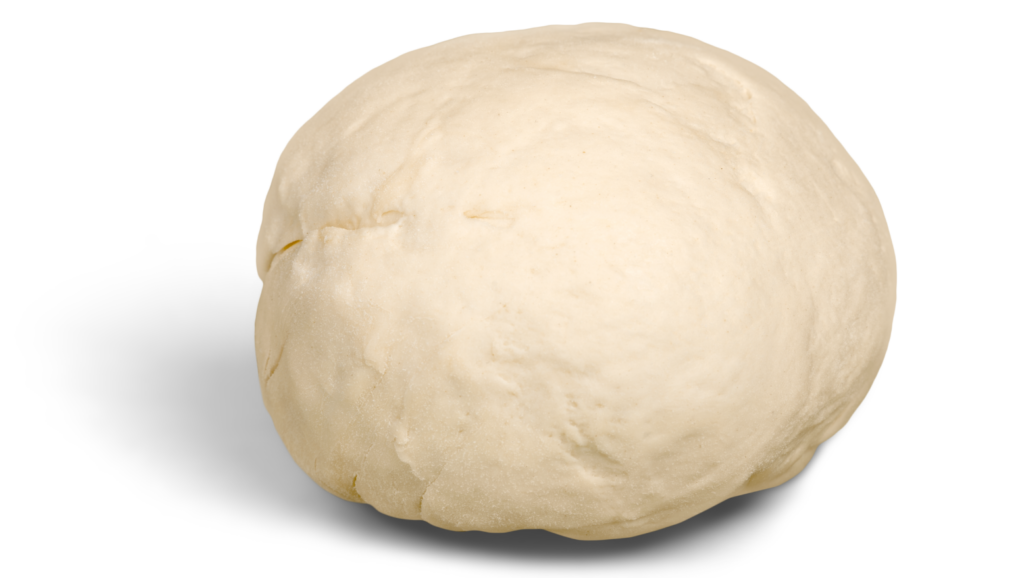
Large amounts can lead to sodium ion poisoning.
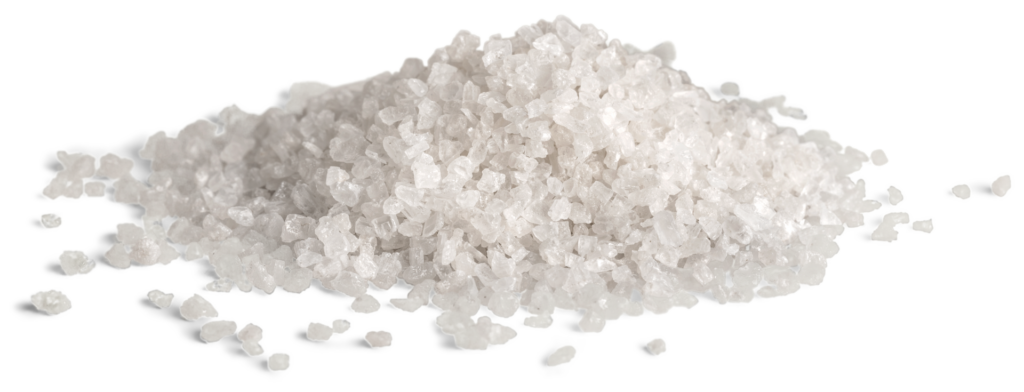
Tip: When in doubt, don’t share. Keep trash secure and food out of reach!
Many popular indoor and outdoor plants are toxic to pets. These are especially dangerous:
Extremely toxic to both species; even one seed can cause liver failure.

Lethal to cats. Even a small exposure can cause kidney failure.

Toxic to the heart and nervous system.

May cause vomiting, lethargy, and oral irritation.
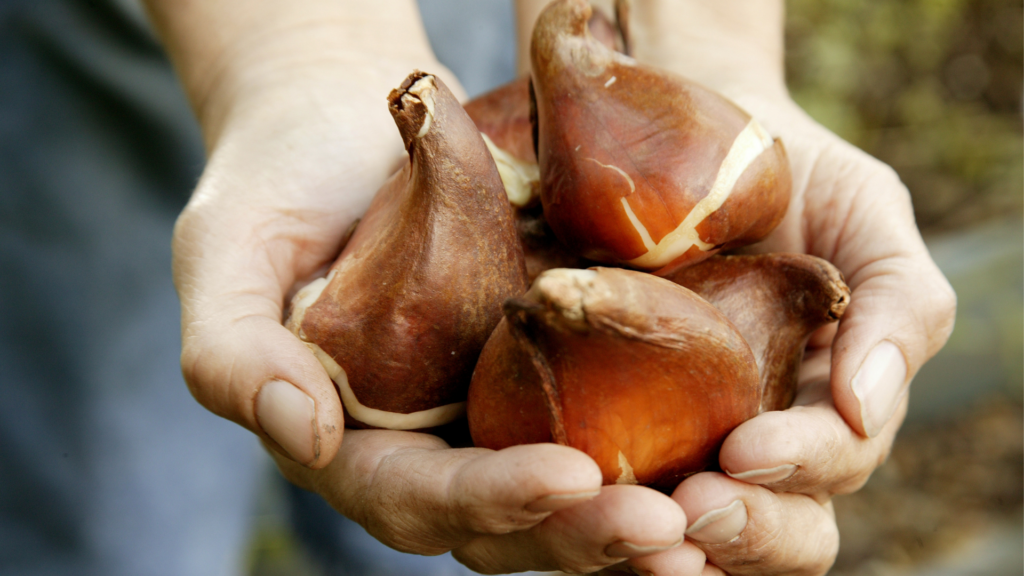
Cause mouth irritation, drooling, and vomiting.
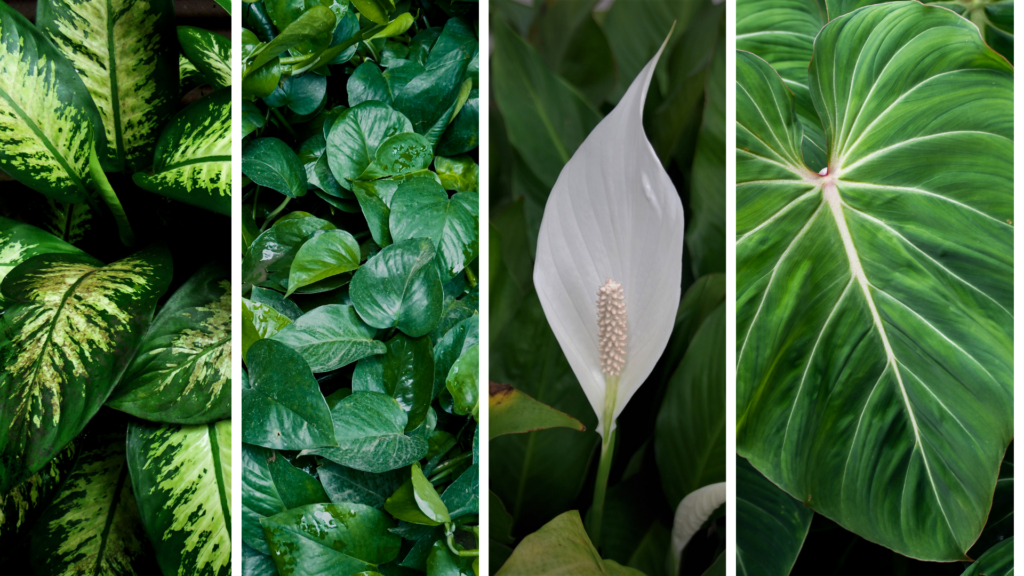
Mild to moderate toxicity in both cats and dogs.
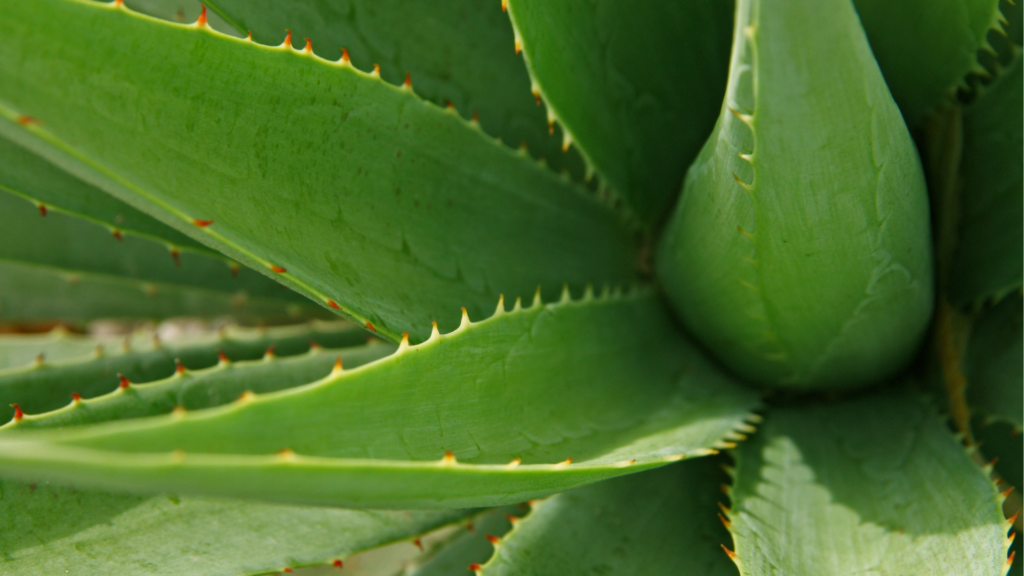
Tip: When in doubt, don’t share. Keep trash secure and food out of reach!
Many emergency vet visits are caused by accidental exposure to human medications. Pets process drugs differently than we do, so even a portion of a pill can be dangerous.
Common toxic medications include:
Topical product dangers: